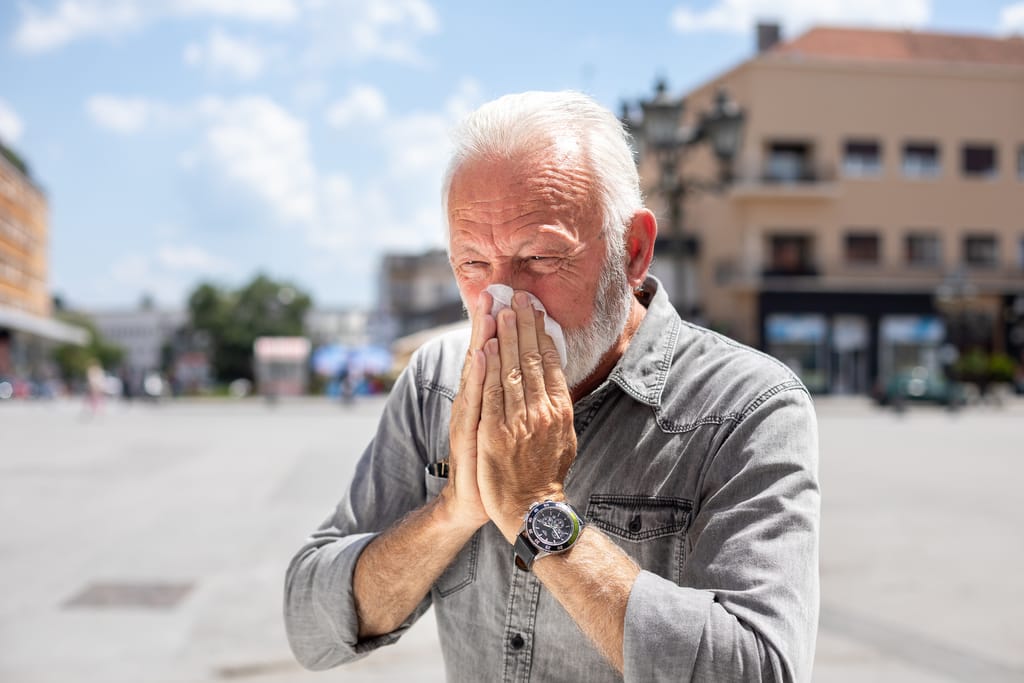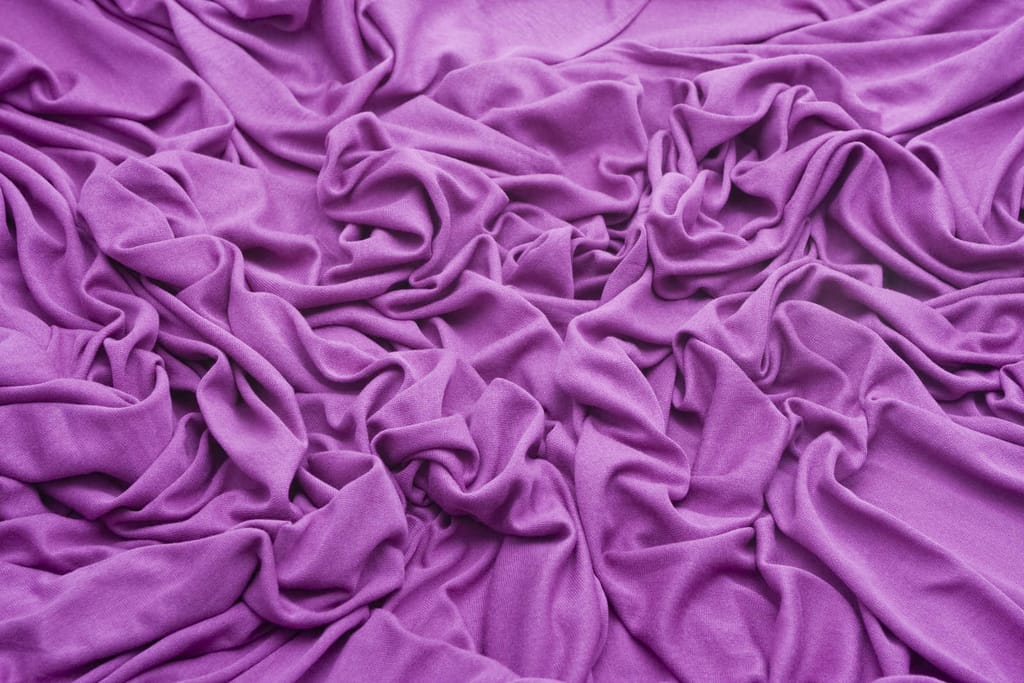What is hypoallergenic?
Hypoallergenic is a term used to describe products that are less likely to cause an allergic reaction. This includes products that are designed to minimize the risk of an allergic reaction. We can find such products in a variety of forms, including cosmetics, detergents, fabrics, and pet food. In addition, they often make hypoallergenic products with natural ingredients that are less likely to cause an allergic reaction. This makes them more suitable for people with allergies or sensitivities to certain ingredients.

Benefits of hypoallergenic products
Hypoallergenic products reduce the risk of an allergy reaction, making them an attractive choice for those with allergies or sensitive skin. The major benefit of these products is that they are specifically designed to reduce the risk of an allergic reaction. This can be beneficial for those who suffer from allergies or sensitive skin, as they can help to reduce the severity of symptoms. Hypoallergenic products often contain fewer ingredients and fewer chemicals, which can be helpful for those with allergies.
Many hypoallergenic products are free of fragrances and dyes, which can irritate sensitive skin. In order to identify these products, it is important to look for labels that state hypoallergenic or allergy-friendly. They also labeled many products as being fragrance-free, dye-free, or unscented. It is also important to read the ingredient list, as many products labeled as such may still contain ingredients that can trigger an allergic reaction.
Types of hypoallergenic fibers
Hypoallergenic fibers are materials that are less likely to trigger allergic reactions in individuals who have sensitive skin. They commonly used these fibers in clothing, bedding, and other items to provide a comfortable and safe experience for those who are prone to allergies. There are several types of hypoallergenic fibers, each with its own set of benefits and drawbacks.
One of the most popular hypoallergenic fibers is polyester. Polyester is an artificial fiber that is lightweight, resilient, and inexpensive. It is also resistant to wrinkles, shrinkage, and fading. However, polyester can still irritate to those with sensitive skin, as it can keep odors, and chemicals used in the production process can cause allergic reactions.
Another popular hypoallergenic fiber is rayon. Rayon is made from naturally occurring cellulose fibers, which makes it less likely to irritate sensitive skin. It is also absorbent and breathable, making it ideal for clothing and bedding. However, rayon is not as strong or durable as other fabrics, and it can shrink or stretch when washed.
A third type of hypoallergenic fiber is bamboo. Bamboo is a natural material that is absorbent and they consider it to be one of the softest fabrics available. It is also naturally antimicrobial and resistant to odors, making it an ideal choice for those with sensitive skin. However, bamboo can be expensive, and it can tear if not handled properly.
Silk is another hypoallergenic fiber that is often used in clothing and bedding. Silk is a natural fiber that is lightweight and breathable, and it can help to regulate body temperature. It is also resistant to wrinkles and fading. However, silk can be expensive, and it’s difficult to care for.

The Hypoallergenic Certification process
Certifying textiles and fabrics as hypoallergenic provides assurance that a product is safe for people with allergies and other sensitivities. They do this certification through a third-party laboratory that specializes in evaluating fabrics and textiles for potential allergens.
The first step in the certification process is an evaluation of the fabrics and textiles used in the product. This includes testing for any potentially allergenic materials, such as pet dander, dust mites, mold, mildew, and other elements. The evaluation also examines the dyeing process, and the materials used in the product’s construction.
Once the evaluation is complete, the lab will issue a certification report that includes a list of any identified allergens and a description of the steps taken to reduce the potential for allergic reactions. The report will also include recommendations for further steps that may be needed to ensure the product’s hypoallergenic status.
Once the report is received, the manufacturer must take steps to address any potential allergens and make sure that the product meets the criteria for hypoallergenic certification. This may include changing the materials used in the product, reformulating the dyeing process, or taking other steps to reduce the potential for allergic reactions.
Once the manufacturer has taken the steps to address any allergens, the laboratory will re-evaluate the product and issue a new certification report. If the product meets all the requirements for hypoallergenic certification, the laboratory will issue a certification of Hypoallergenic status.
It is important to note that hypoallergenic certification is not a guarantee of a completely allergen-free product. Manufacturers should continue to test their products to ensure that they meet the criteria for certification.
Common Myths
There are many misconceptions and myths about hypoallergenic products that are untrue. In this article, we will dispel some common myths and misconceptions about hypoallergenic products.
Myth: Hypoallergenic Products Are All Natural
This is not true. They still make many hypoallergenic products with synthetic ingredients. In fact, the term "hypoallergenic" is a marketing term used to describe products that are less likely to cause an allergic reaction. It does not mean that the product is natural or free of all chemicals.
Myth: Hypoallergenic Products Do Not Contain Fragrances
While they label many hypoallergenic products as fragrance-free, this does not mean that the product does not contain any fragrances. In fact, many products still contain fragrances, but we usually derive them from natural sources.
Myth: Hypoallergenic Products Are Guaranteed to Be Allergy-Free
We can guarantee no product to be allergy-free. Even hypoallergenic products can cause an allergic reaction in some people. It is important to remember that every person is different, and what may work for one person may not work for another.
Myth: Hypoallergenic Products Are More Expensive
This is not true. While some hypoallergenic products may be more expensive than non-hypoallergenic products, there are also many affordable options available on the market.

Conclusion
Hypoallergenic is a term used to describe products, materials, and ingredients that are less likely to cause an allergic reaction. They typically make hypoallergenic products with natural, non-irritating ingredients, and can be beneficial for people with sensitive skin and allergies.
Reference
- Allergies: Your Top Questions Answered. (2006, March 1). WebMD. https://www.webmd.com/allergies/allergies-faq
- Blaiss, M. (2021, January 4). What Does Hypoallergenic Really Mean? US News & World Report. https://health.usnews.com/health-care/for-better/articles/what-does-hypoallergenic-really-mean
- Wikipedia contributors. (2023, January 3). Hypoallergenic. Wikipedia. https://en.wikipedia.org/wiki/Hypoallergenic